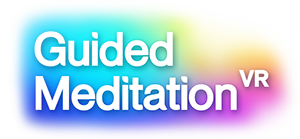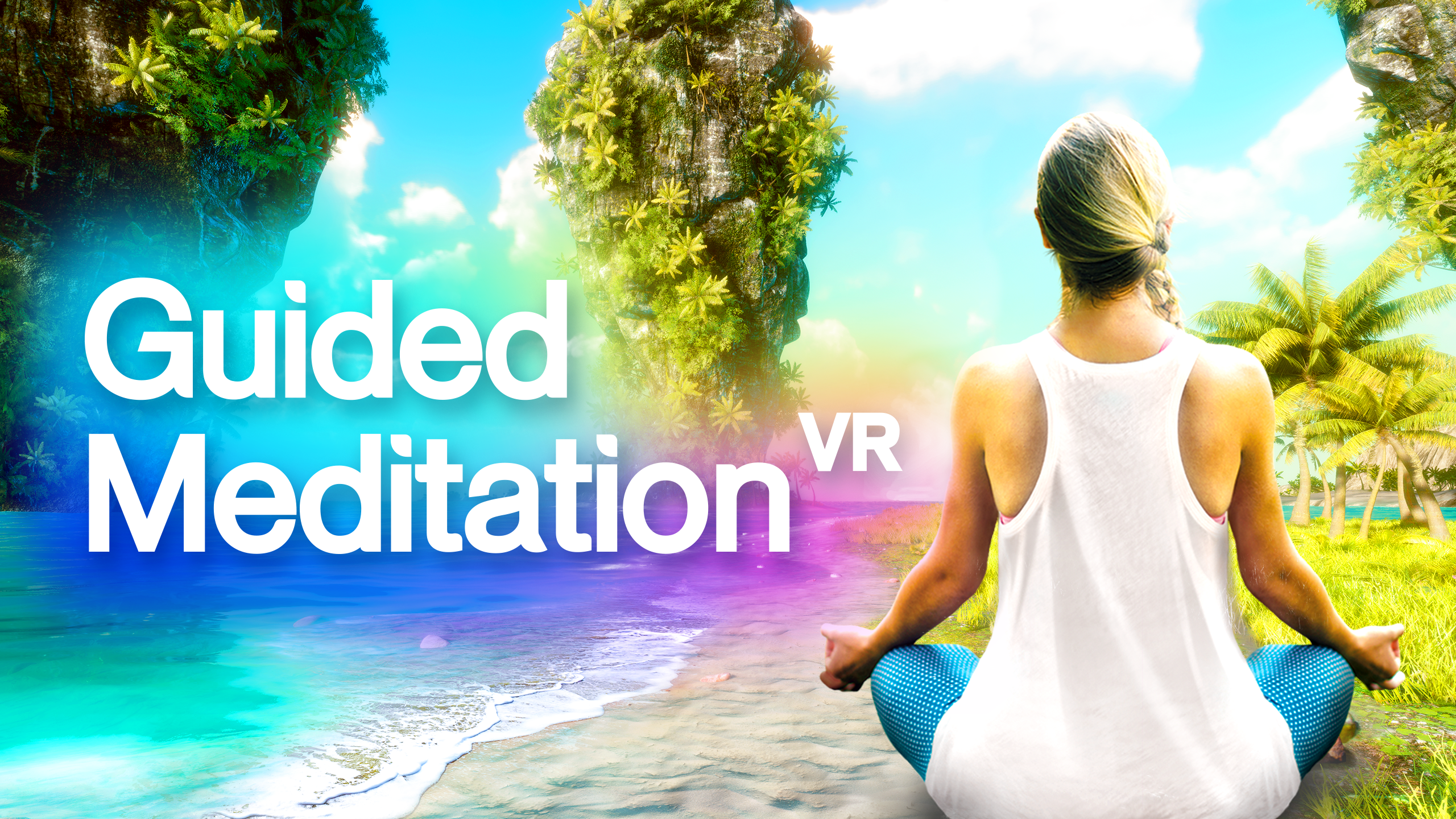- /
- Meditation
- /
- Resilience
- /
- Resilience Meditation 01
Session 1/10
Transcript
Welcome to your ten part course in meditation for resilience. The very first thing to do is settle into a comfortable position for your practice. It doesn’t have to be a traditional cross legged meditation posture, unless that works for your body. But find any position in which the hips are higher than the knees and the chest feels open and unrestricted. You could sit on a chair, or on cushions on the floor. Take the time you need to figure it out. Because sitting comfortably isn’t always as simple as it sounds. And when you’re ready, let your hands rest on your knees or legs, wherever they naturally fall with the palms facing down, and close your eyes. Take a deep breath in through the nose and say it out through the mouth. Great. Now let the breath find its own gentle rhythm. There’s no need to try and control it. Let the inhales and exhales flow just as they are. You’ve come to this course for reasons that are personal to you.
You might be going through a particular challenge, or struggle in life. Or you may be feeling an overall sense of being overwhelmed. And finding the days difficult without being able to pin those feelings to a specific experience or event.
Everyone finds life difficult sometimes. And everyone faces obstacles that at times feel insurmountable. You are doing amazingly well. The fact that you are here taking time to care for your well being is enough for me to say that with complete certainty. A resilient person isn’t someone who never encounters tough times. Actually, it’s the opposite. A resilient person is someone who learns how to move through difficulties with a steady knowledge that at some point in the future, they will feel better. Resilience isn’t a personality trait. It’s a skill that you can build and strengthen. And this course has been created to help you do that. You’re in the right place.
You are exactly where you need to be. Now return to your breath, still breathing in that natural rhythm. But give it a little more of your attention now.
How does the breath feel? There is no right or wrong way for your breath to be. It’s easy to judge ourselves to think we should be breathing more deeply or more smoothly.
But awareness of breath is a powerful mindfulness technique that allows you to bring the mind into the present moment and check in with what you’re experiencing right now.
Notice how the breath feels except how the breath feels. Notice how you feel. Resilience isn’t about suppressing emotions, or pretending you don’t have any emotions at all.
It is a much more powerful act to acknowledge the emotions you’re experiencing and give yourself permission to accept them as they are. We often feel that we should change our emotions as soon as we notice they’re not happy or not positive and we will work together at shifting your emotional state later in this course. But there is freedom to in accepting how you feel in this moment. Without putting pressure on yourself to feel differently. You are good enough. You are worthy of respect and love, no matter how you are feeling. And you are worthy of receiving that respect and love from yourself.
Now, notice your hands. Become aware of the temperature of your palms, where they rest on your legs. Perhaps you notice warmth radiating from your palms. When you sit like this, with the palms facing down, you are both doing your own internal energy. Instead of radiating your energy outwards into the world and to other people and relationships with other people. You are signaling to yourself that it is time right now. To give your energy to your relationship with you.
You are worthy of your time, love, care, and attention. And when you dedicate this time, these 10 minutes to building yourself up. You will cultivate more strength. In turn that strength will allow you to handle whatever comes your way. With more steadiness and more ease. Notice the hand there’s nothing to do. No action to take. Simply notice the hand. Now gently drop your chin forwards towards the chest. Then move it to the right and begin to draw a big, slow circle with the chin really slow. You are releasing tension in the neck. And you’re also creating a movement to focus the mind on something to bring you back to this moment again. If the mind has begun to wonder, which it always will draw three big slow circles with the chin in a counterclockwise direction. And then when you’re ready, switch and do the same in the other direction.
Keep it slow. keep bringing your focus back to the movement to the sensations in the neck and the head. Your breath continues in its natural rhythm and then find stillness. In the center again. The head and the neck find stillness. Find equilibrium. Notice the perfect balance that your body is capable of finding that spot where the head is balanced effortlessly over the neck over the shoulders. over the whole body. Take a deep breath in through the nose and say it out through the mouth and in your own time, open your eyes. Your practice is complete.
”A resilient person isn't someone who never encounters tough times. Actually, it's the opposite. A resilient person is someone who learns how to move through difficulties with a steady knowledge that at some point in the future, they will feel better.


